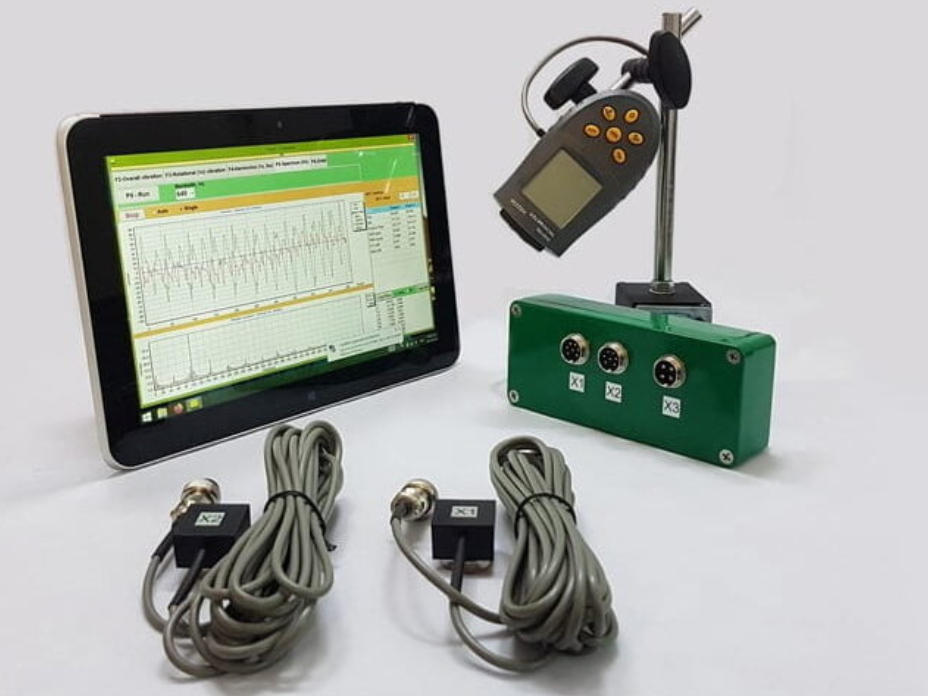The post-US CPI drop yesterday wasn’t enough to sustain below the 125.00 level and that was a key tell that sentiment in the pair remains rather bullish. Treasury yields recovering the drop from the data release is also helping to underpin the mood, with yields rising higher once again today.
The lack of any comments on FX from Kuroda here is also perhaps a bit of a trigger. But for now, the technicals will say a lot more for USD/JPY Read this Term
The pair has broken the 2015 high of 125.86 and has clipped the 126.00 level. There is pretty much nothing standing in the way of a push towards 130.00 next as the key target.
The levels we’re seeing now are the highest the pair has traded since June 2002. Yowza. At this stage, again there is just no catching the falling knife that is the yen.
ADVERTISEMENT – CONTINUE READING BELOW










